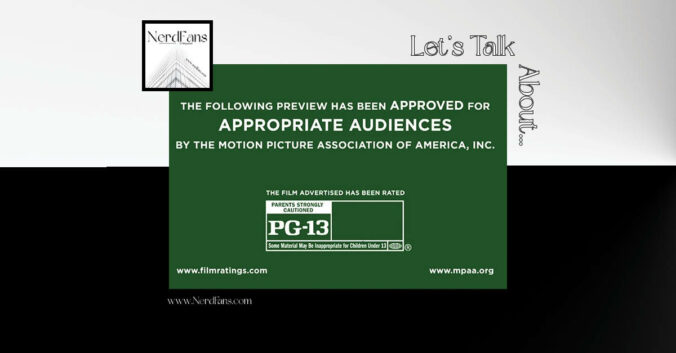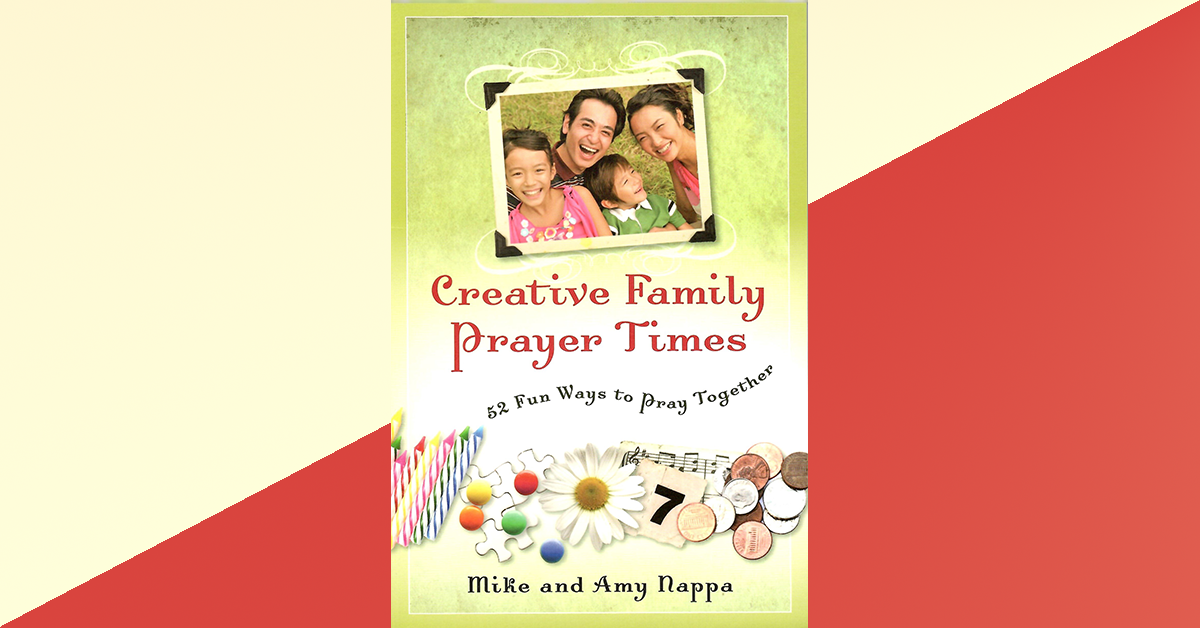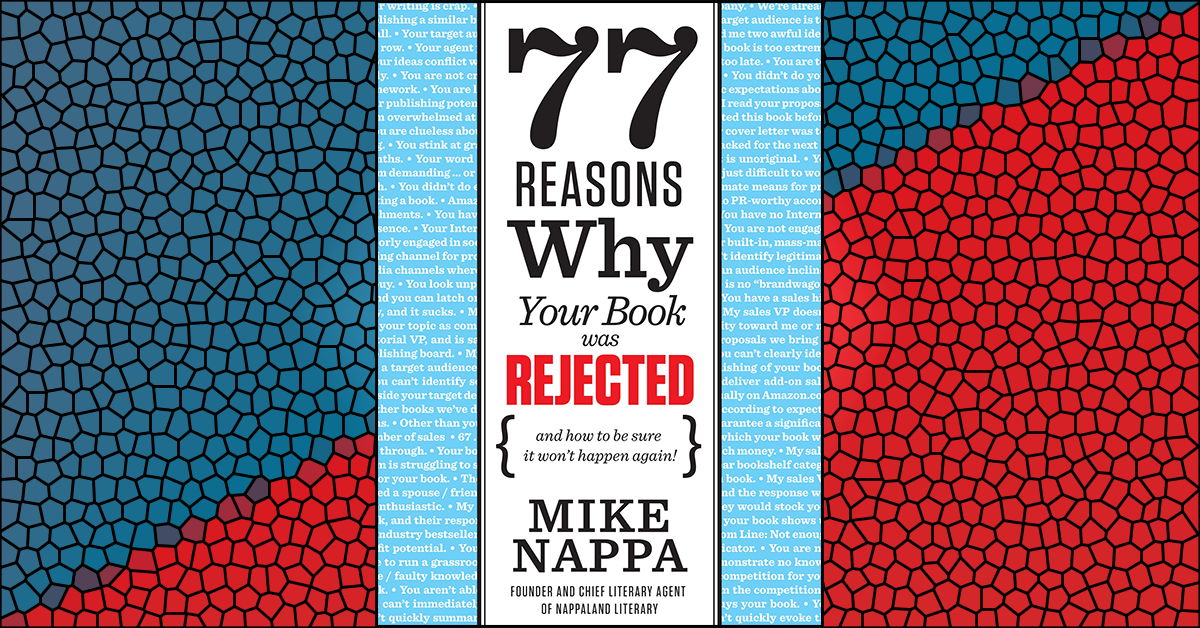A Parent’s Peek Inside the MPA Movie Ratings System
Do you have questions about movie ratings? How much do you really know about the way the MPA (Motion Picture Association) assigns ratings to films? Test yourself with these questions to find out:
- Are movie ratings governed by law?
- Who decides a movie rating?
- Do raters accurately represent me?
- Why are 13 and 17 key ages for movie ratings?
- Is “G” a certificate of approval?
- How do films get rated PG or PG-13?
- How do films get rated R and NC-17?
- So, what’s a parent to do with movie ratings?
If you hesitated on any of the questions above, then read on! In here you’ll find answers to many of your questions about movie ratings. You may be surprised by what you discover…
1. Are Movie Ratings Governed by Law?
No law requires a movie to be rated, nor is it law that a movie rating must be enforced by a local theater. The Motion Picture Association of America (MPA) and the National Association of Theatre Owners (NATO) partnered to create and implement Movie ratings as a “voluntary system” in their industry.
In other words, the film industry is responsible for rating itself. Recognizing that conflict of interest, MPA and NATO created the Classification and Rating Administration (CARA) which operates as an independent division of the MPA.
2. Who Decides a Movie’s Rating?
A “Rating Board” assigns a film its rating. This is a small group of up to 10 people appointed by the Classification and Rating Administration (CARA). Each group includes a Chairperson, Senior Raters (selected by the Chair), and Raters. The rank-and-file Raters retain their appointments for up to seven years, depending on the preference of the Chairperson.
Once appointed, Designated Raters, including at least one Senior Rater, view every film submitted. A preliminary vote follows, along with lively discussion, and then a final vote. After the committee’s final vote, the rating process is complete.
This small group, in various combinations, takes responsibility for assigning ratings to practically every movie made for commercial distribution. They assign ratings in every genre, in every style, from the newest animated Disney movie to the latest horror film and everything in between.
3. Do Raters Accurately Represent Me?
The stated purpose of the ratings system is “To provide parents information concerning the content of those motion pictures to help them determine each motion picture’s suitability for viewing by their children.” To that end, CARA requires that Raters who join the board are parents of 5- to 15-year-olds. Raters must resign when their kids turn 21—though the Chairperson and Senior Raters are exempt from that.
Some argue that proximity demographics hinder CARA’s goal of truly representing American parents, though. Out of the necessity, Raters are mostly affluent residents of the Los Angeles metropolitan area. Does that make CARA out of touch with parental concerns in more conservative and/or rural areas of the United States? Some make that complaint.
Others cry foul because different membership standards apply to the system’s most influential people, namely the Chair and Senior Raters. Does that mean CARA’s representational ability is unfavorably skewed? Again, many would say yes.
4. Why are “13” & “17” Key Ages for Ratings?
No one offers deliberate reasoning for how ages 13 and 17 became the benchmark ages selected for movie ratings. The movie industry assumes that everyone already knows and accepts why those ages were chosen.
Cultural norms suggest that the age of 13 is the beginning of adolescence, so that seems to be the logic behind separating those kids from younger ones. Assigning adulthood status to a 17-year-old high-school student is a little harder to explain.
In virtually every other legal and social context, 18 is the age of adulthood, so CARA ratings veer from the norm in this respect. In practical terms, that means CARA expects parents to accept the idea that their high-school children are adults who need no parental supervision in regard to movie-going—something that’s patently untrue. The unstated motivation here appears simply to provide a larger audience pool for R-Rated and NC-17 films.
5. Is “G” a Certificate of Approval?
According to the Rating Board, a G rating is appropriate for “all ages.” They explain:
“A G-rated motion picture contains nothing in theme, language, nudity, sex, violence or other matters that, in the view of the Rating Board, would offend parents whose younger children view the motion picture. The G rating is not a ‘certificate of approval,’ nor does it signify a ‘children’s’ motion picture. Some snippets of language may go beyond polite conversation but they are common everyday expressions. No stronger words are present in G-rated motion pictures. Depictions of violence are minimal. No nudity, sex scenes or drug use are present in the motion picture.”
6. How Do Films Get Rated PG or PG-13?
According to the Rating Board, “A PG-rated motion picture should be investigated by parents…There may be some profanity and some depictions of violence or brief nudity… [but] There is no drug use content.”
Additionally, “A PG-13 motion picture may go beyond the PG rating in theme, violence, nudity, sensuality, language, adult activities or other elements, but does not reach the restricted R category….Any drug use will initially require at least a PG-13 rating. More than brief nudity will require at least a PG-13 rating, but such nudity… generally will not be sexually oriented. There may be depictions of violence in a PG-13 movie.”
Parents should also be aware that PG-rated films released before 1984 more closely reflect the standards present in today’s PG-13 rating.
7. How Do Films Get Rated R & NC-17?
“An R-rated motion picture may include adult themes,” says the Ratings Board, “adult activity, hard language, intense or persistent violence, sexually-oriented nudity, drug abuse or other elements…Parents are strongly urged to find out more about R-rated motion pictures in determining their suitability for their children. Generally, it is not appropriate for parents to bring their young children with them to R-rated motion pictures.”
Further, “An NC-17 rated motion picture is one that, in the view of the Rating Board, most parents would consider patently too adult for their children 17 and under … NC-17 does not mean “obscene” or “pornographic” in the common or legal meaning of those words… An NC-17 rating can be based on violence, sex, aberrational behavior, drug abuse or any other element that most parents would consider too strong and therefore off-limits for viewing by their children.”
8. So, What’s a Parent to Do?
Experts offer three principles for parents in regard to using movie ratings for their families:
A) Recognize film ratings for what they are. MPA ratings deliver a general guideline created by people who may or may not share your entertainment values. They’re NOT the final authority on a movie’s content or appropriateness for your kids. YOU are.
B) Always, always refer to the “Reason for the Rating.” Visit the website, http://www.filmratings.com for reference when making parental decisions about whether a movie is acceptable viewing for your family. Here you can look up most movies (past and present) to discover why they earned their ratings.
C) When in doubt, talk it out. If you’re unsure of a movie’s content, discuss it with your kids. Examine themes, artistic appeal, your values, and reasons for the rating. Then you can make an informed decision together—and help your kid learn to discern for themselves what is, or isn’t, appropriate viewing for them.










